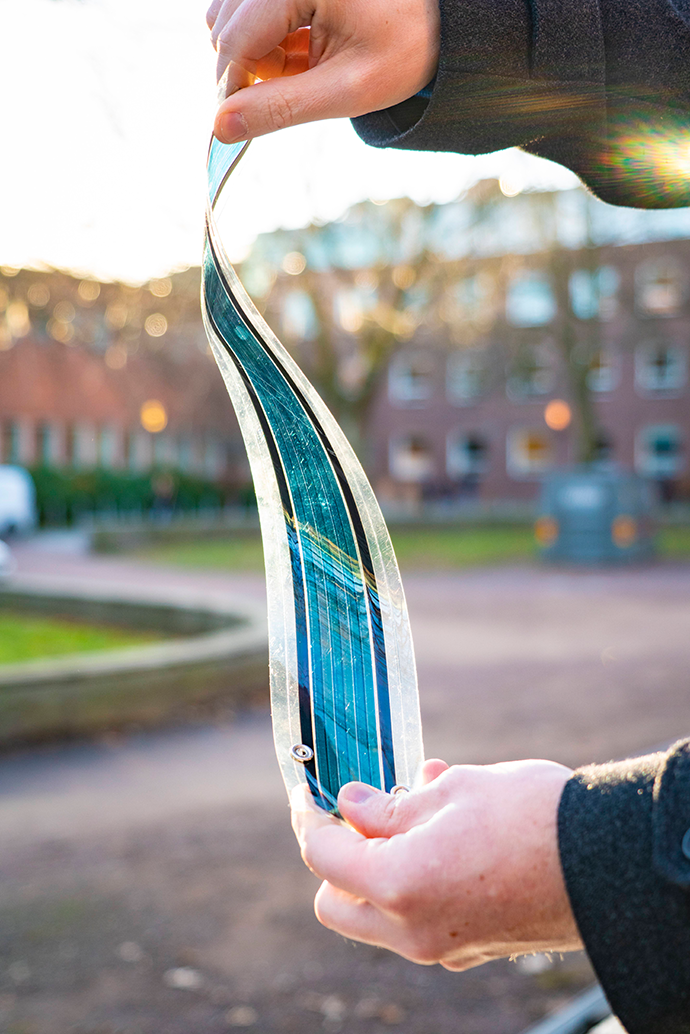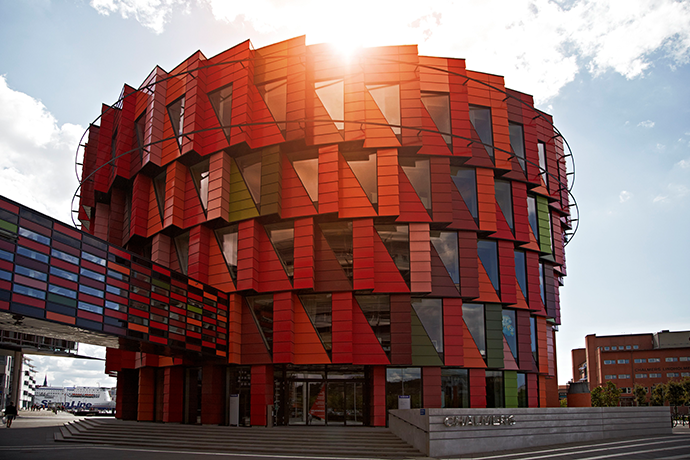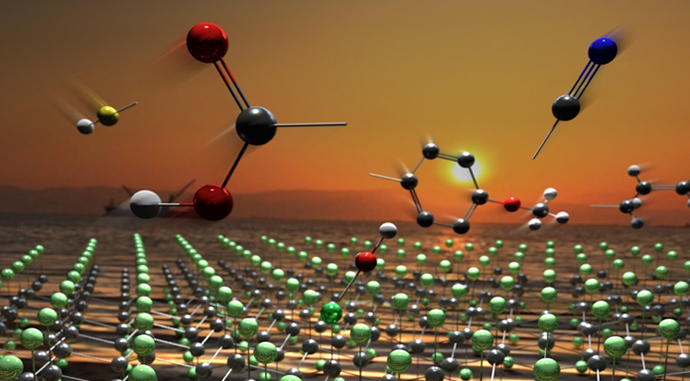"Sustainable City, Open to the World" is the slogan of Gothenburg, Sweden, a metro region of 1.1 million people that in 2021 will turn 400 years old. "Forward" is the slogan of a Gothenburg institution involved in leading such projects as the €1-billion Graphene Flagship (the EU’s biggest research initiative) and development of Sweden’s first quantum computer.
Moving forward has been the aim of Chalmers University of Technology (enrollment: 10,000) since it was founded in 1829. Two energy projects trumpeted by the university this month embody that mission.

First, two Chalmers researchers have discovered a way to "double-dope" polymers that could help double the efficiency of plastic-based solar cells, among other applications. "Doping," explains the university, "involves weaving impurities into the semiconductor to enhance its electrical conductivity. It is this that allows various components in solar cells and LED screens to work."
Until now, the efficiency limit of doped organic semiconductors has been determined by the fact that the dopant molecules have only been able to exchange one electron each. But in an article in the scientific journal Nature Materials, "Professor Christian Müller and his group, together with colleagues from seven other universities, demonstrate that it is possible to move two electrons to every dopant molecule," says Chalmers.
The research was funded by the Swedish Research Council, the Knut and Alice Wallenberg Foundation, and the European Research Council (ERC), and was carried out in collaboration with colleagues from Linköping University (Sweden), King Abdullah University of Science and Technology (Saudi Arabia), Imperial College London (UK), the Georgia Institute of Technology and the University of California, Davis (USA), and the Chemnitz University of Technology (Germany).
Fossil-Free Testbed
Another project due to end this year continues to influence energy innovation. The Fossil-free Energy Districts (FED) project has been using the Chalmers campus as a testbed for district heating, cooling and electricity research.

"In addition to funding substantial investments, such as solar panels and various types of energy storages, the FED project has connected the energy management systems of the buildings to a cloud-based marketplace," Chalmers says. "This allows the separate buildings, acting as energy consumers, producers and storages, to trade heating, cooling and electricity with each other based on what is most effective from both an economical and environmental perspective."
The FED project ends in 2019, but the campus testbed will remain open to researchers and companies to test new energy solutions. "In two EU-funded projects, the researchers at Chalmers will examine advanced solutions for the future distribution system (United Grid) and how different micro-grids can interact in order to facilitate the use of renewable energy production (From Micro to Mega – GRID)," says Chalmers. "Two additional FED partners, Göteborg Energi and RISE, are also included in these projects."
"FED has become a springboard for our research group to look more into integrated energy systems, and the demonstration arena we are building will also be used in future research projects," says David Steen, researcher at the university’s Department of Electrical Engineering. "One of the challenges with renewable energy is that it is not always produced when you need it the most. The local energy market we are developing in FED is one way to provide customers and users with incentives to shift their consumption in time, in order to use locally produced energy more efficiently."

EU Resonance
Through the prism of the ongoing Brexit discussion, projects under way at Chalmers also illustrate the benefits of EU membership in promulgating scientific progress and economic development.
The FED project involves the City of Gothenburg, Johanneberg Science Park, Göteborg Energi, Business Region Göteborg, Ericsson, RISE Research Institutes of Sweden, Akademiska Hus, Chalmersfastigheter and Chalmers. The €5.8-million project has been co-financed by the European Regional and Development Fund through the European Commission’s Urban Innovative Actions (UIA) initiative. Among other projects the UIA is backing are the Co-Responsibility in District Energy Efficiency & Sustainability project in the Clichy Batignolles Eco-district in Paris and the Vilawatt project implementing energy efficiency measures in low-income residential buildings in Viladecans, Spain.

Chalmers has a history of working with industry, such as a virtual welding project being pursued at the new Stena Industry Innovation Lab with Volvo. The FED project and others at Chalmers may produce energy-relevant economic development results like those coming from the Graphene Flagship program Chalmers is coordinating for the EU. In October, Bedimensional, a startup founded by Vittorio Pellegrini, director at Graphene Flagship partner Graphene Labs – Istituto Italiano di Tecnologia (IIT) in Genoa, Italy, received an €18 million investment from Italy’s Pellan Group that will allow Bedimensional to establish a new headquarters near the IIT campus.
Bedimensional is part of a network of companies associated to the Graphene Flagship developing new solutions in the field of composites for energy harvest and storage, such as batteries, super capacitors and solar cells. The investment will help IIT and Bedimensional develop new applications in the energy sector. "The entry of the Pellan Group will allow us to significantly accelerate our project" said Bedimensional CEO Massimo Camponovo. The investment will also stimulate job creation in the region. "We expect to hire highly skilled and specialized figures," he said.
